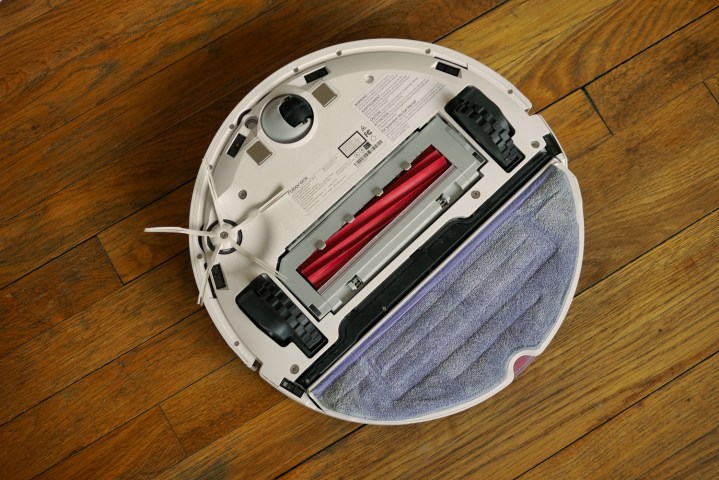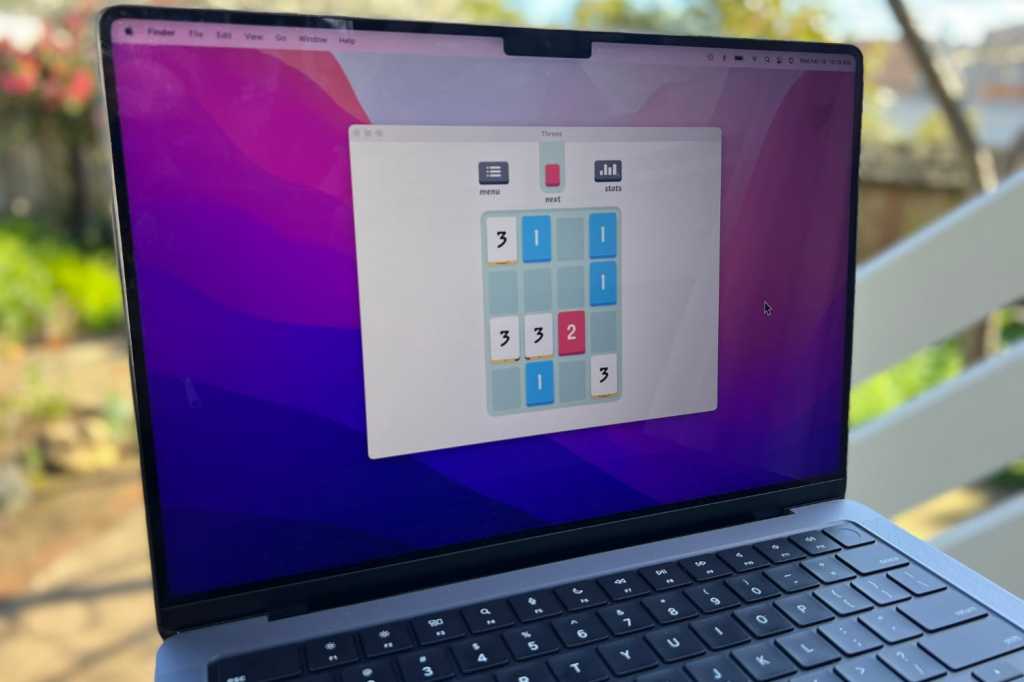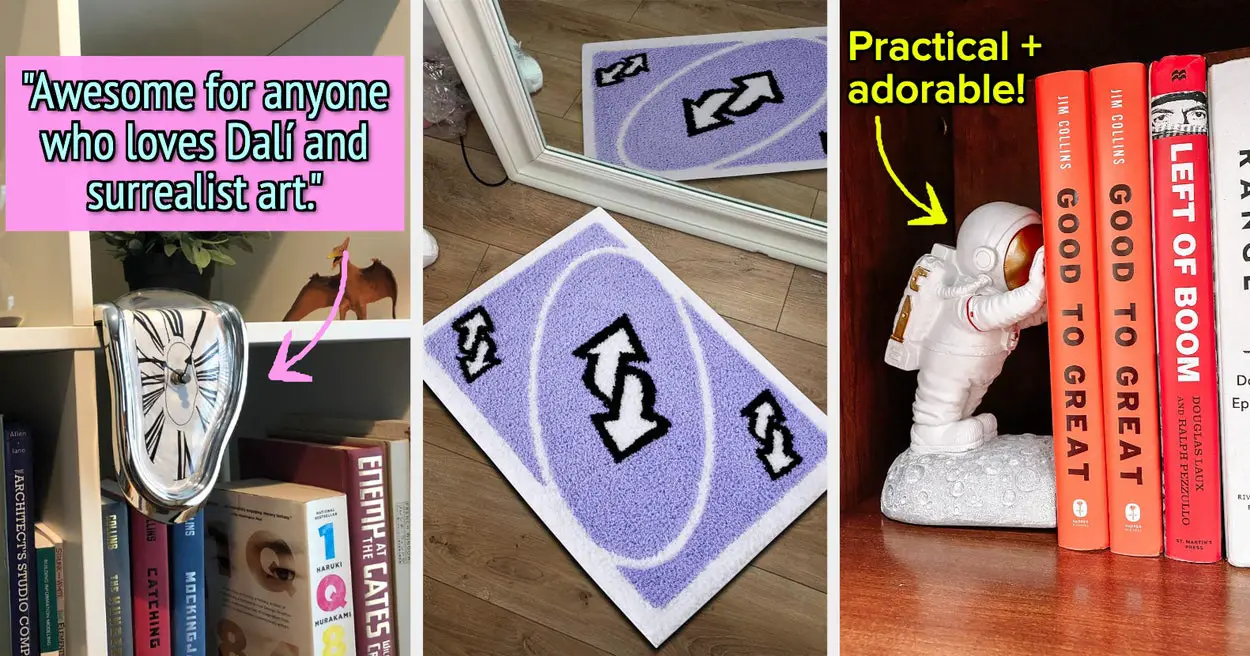Roborock makes some of the best robot vacuums on the market. Offering sleek designs, impressive performance, and the ability to work automatically without manual input, these popular devices make it easy to keep your home clean. However, just because they can function without manual input doesn’t mean you can forget about them entirely. In fact, you’ll still need to perform routine cleaning and maintenance on your Roborock robot vacuum. Thankfully, the process is incredibly easy and shouldn’t take more than a few minutes of your time.
Here’s how to clean a Roborock robot vacuum to keep it working like new.
John Velasco / Digital Trends
Prep your home before each Roborock run
Before discussing any steps you can take to clean your Roborock, it’s important to note that you can make your cleaning routine easier by simply prepping your home before your Roborock heads out on a vacuuming mission. Much of your cleaning will involve pulling out foreign objects or long fibers from the underside of your vacuum – so picking up dog toys or other small objects is a great way to keep your Roborock working like new. Be sure to do a quick sweep of your home to make sure there’s nothing that can pose a threat to your trusty robot companion.
Most products in the Roborock lineup do a great job of avoiding obstacles that’ll get tangled in its roller brushes (and that’s especially true for the new S8 Pro Ultra), but it never hurts to clear your floors before a run. At the very least, this ensures your robotic companion has access to every inch of your home.

How to clean your Roborock robot vacuum
To clean your Roborock vacuum, the first thing you need to do is turn it off and unplug it to prevent it from accidentally activating. With that step out of the way, here’s how to perform routine maintenance and cleaning of your robot vacuum.
Step 1: Empty the dustbin. Once it’s empty, take a paper towel and try to clean any remaining gunk out of its corners. You can use a wet cloth for any troublesome areas, but be sure to remove filters and let the dustbin dry before reinserting it.
Step 2: Empty and clean your filters. You’ll first want to lightly shake them or gently tap the side of the filters to remove large debris, then use a soft-bristle brush to remove the remaining dust. Depending on your model, you might also be able to wash filters with water (just make sure they’re dry before reinstalling).
Step 3: Clean your roller brush. This could involve cutting away large pieces of fabric that have become lodged between bristles, or it might simply mean giving it a quick wipe down with a towel to remove dust buildup. You’ll also want to check the roller brush cavity and brush guard for foreign objects and additional debris.
The latest iteration of this brush on Roborock S8 Pro Ultra is designed to avoid tangles, but it’s still possible for various strings and hair to get trapped underneath. At the very least, give this a glance every week or if you notice suboptimal cleanings.
Step 4: Clear the rotating brush by removing any hair or fabric stuck to its bristles. Most models allow this brush to detach from the robot vacuum, making it easier to clean.
Step 5: Use a microfiber cloth to wipe down the robot vacuum sensors. Do not use any sort of cleaning solution to clean these – instead, stick with a dry microfiber cloth or a slightly damp one for more challenging spots.
Step 6: Check your wheels and cut away any fabric, hair, or strings that have become tangled. You’ll also want to clean the part of the wheels that contact your carpet, as these can become dirty during extended use.
Step 7: Clean your docking station. This includes wiping away any dust and debris that’s directly on the dock, as well as checking its dustbins and water reservoirs to ensure debris hasn’t collected inside.
Step 8: Check your Roborock app for details. Most products that sync with the Roborock app include a detailed Maintenance section that tells you exactly how often you’ll need to replace or perform maintenance on its various components. So if all the above steps seem a bit complex, try heading into this menu to see what needs a closer look.
Editors’ Recommendations
Source link










Leave a Reply